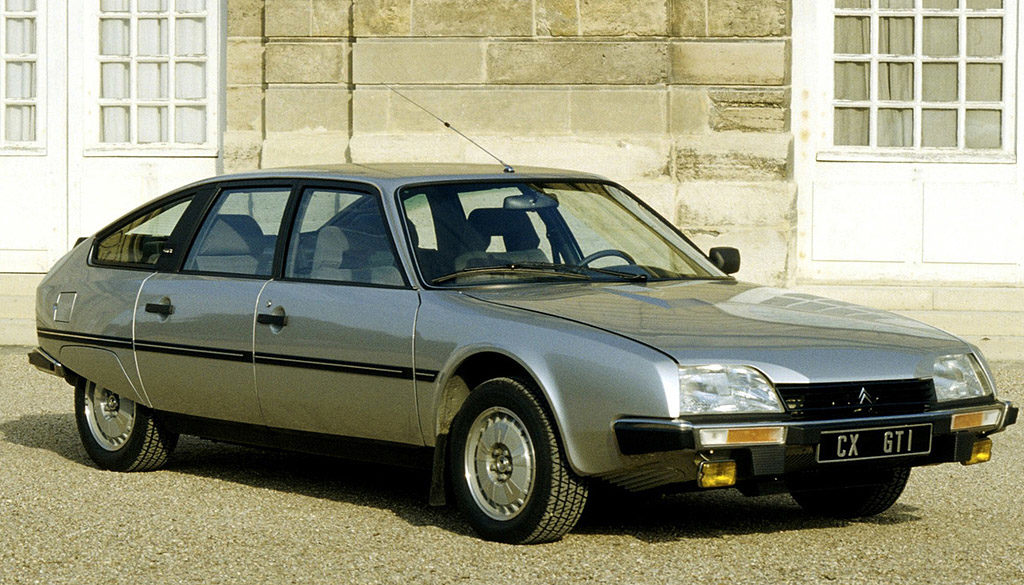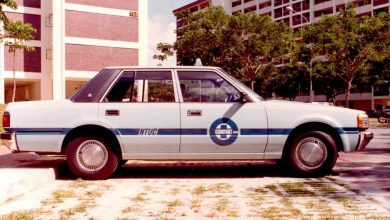How has the style of cars changed over the years?
The car as an object has changed in so many ways in the last 100 years of automotive history and it is really interesting to see how the style and the design has evolved during that period. Car design has followed not only the function of the vehicles, but the technology as well. It was influenced by current design trends as well as some classic shapes and forms. But it was always an integral part of the automobile, the biggest and the most important invention of the modern age, and something that people notice first. So let’s see how car design has evolved and changed during more than a century of constant development.
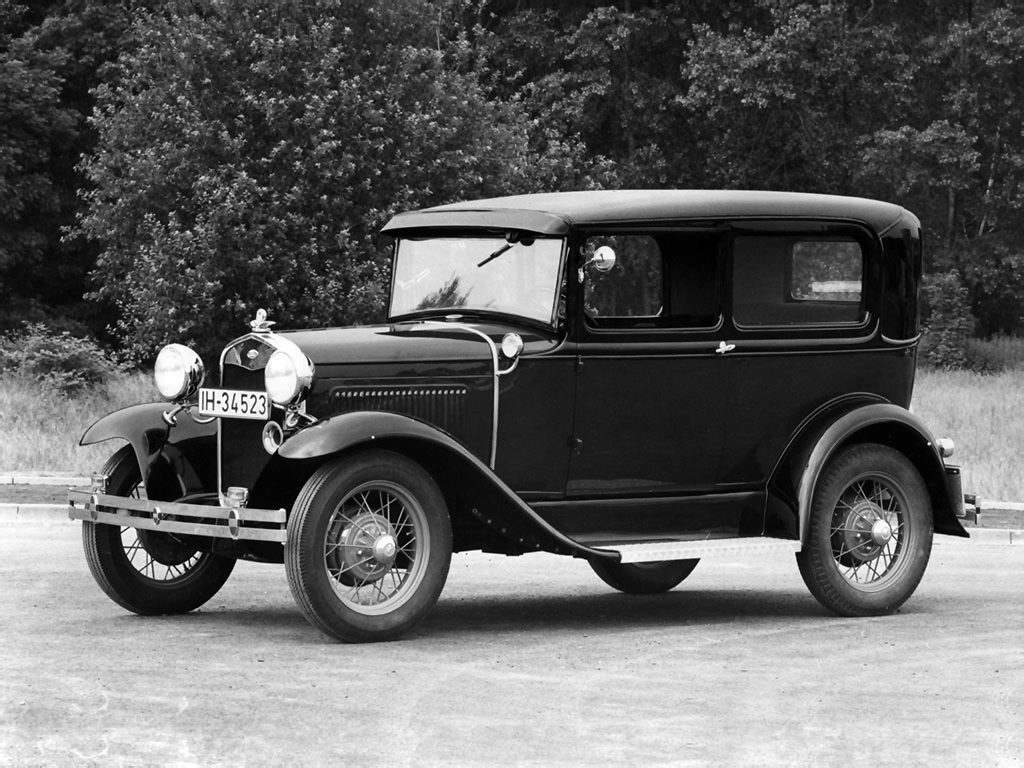
Classic period
The classic period which started with the introduction of first cars, and lasted to the World War II is the dawn of the automobile age. It was the introduction of the automobile to the general public and transition from a toy for the rich to everyday transport of millions. The design was in many ways classical, influenced by classic art and was a little more than a motorized horse carriage. In fact, first cars were designed to look exactly like carriages, just without horses. All through the ’30, all the cars looked very much alike with similar silhouettes and details, chrome grilles and headlights. Even the color choices of those days were very limited and the majority of the vehicles were painted in plain black color.
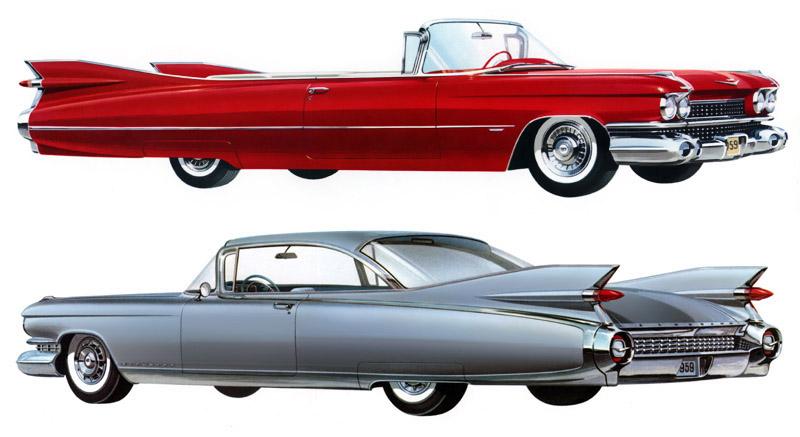
Googie style
After the war, the world and car industry started looking to the future for inspiration, and cars soon became rounded, more streamlined, lower and wider. The design changes made them look more dynamic and improvements in technology made them faster and more comfortable. The most interesting thing from that period is so called Googie design from the late ’50. Originating in America, but soon accepted all over the world, Googie was influenced by jet age and futurism, and was famous for big tail fins, flamboyant style, and bright colors. Those cars symbolized the post war optimism and technical supremacy and because of their striking looks, they are very interesting, even today.
Aerodynamics and modern materials
However, despite the outlandish style of post-war American cars, the engineers and designers had worked on more sleek cars with advanced aerodynamics and materials, and after the Googie design had reached its peak, industry has turned to more efficient shapes and forms. That is why the late ’60s and ’70s have been known for new materials, mostly plastic, new shapes, compact cars with better fuel efficiency in mind. There were no more chromed grilles, big fenders, nor the now obsolete tail fins. The cars started having boxy shapes and plastic bumpers. Aerodynamics was becoming a strong design and marketing point all the way to the early ’90s.
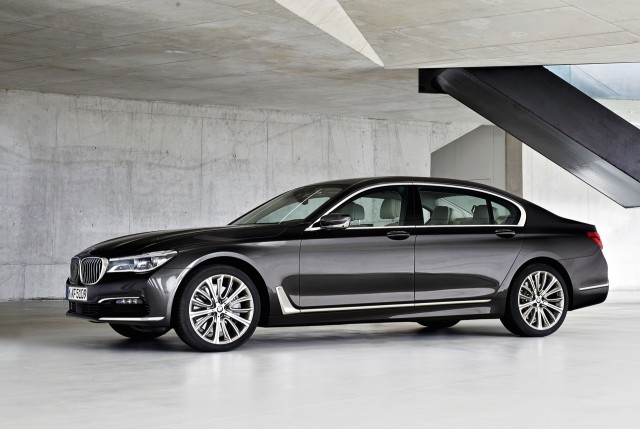
Modern period
In the ’90s, aerodynamic forms and plastic materials had become a standard of the industry and car designers introduced more organic shapes, lower profiles, sleeker forms. Unfortunately, with that design features implemented in real life, cars started to look very similar to each other. However, in the early 2000s, the industry was swept by retro-futurism which combined design elements from ’50s and ’60s and incorporated them in new forms and vehicles. That helped make car design exciting and interesting again, and even though retro-futurism is not that hot anymore, it still is present in form of the BMW Mini, Fiat 500 or the new Volkswagen Beetle. The latest trends in car design are totally futuristic, and modern cars introduced bold new shapes and details proving that stylists are very active and that the form is following the function and modern technology. Modern cars no longer look the same, and each manufacturer is trying hard to introduce unique styling elements and distinguish itself from the others.

